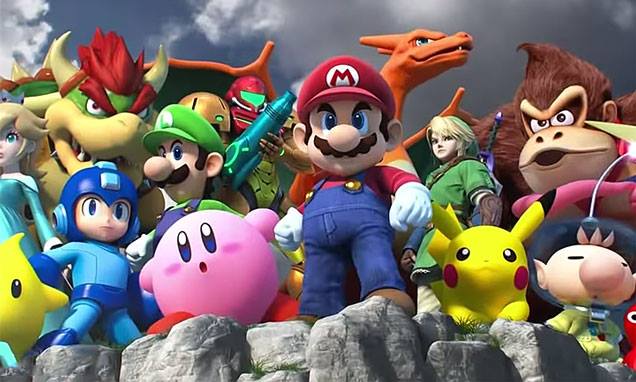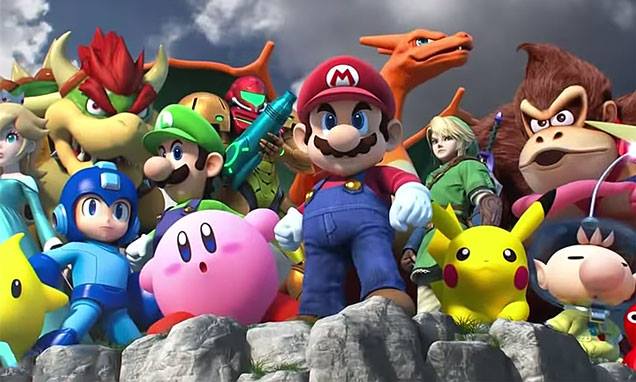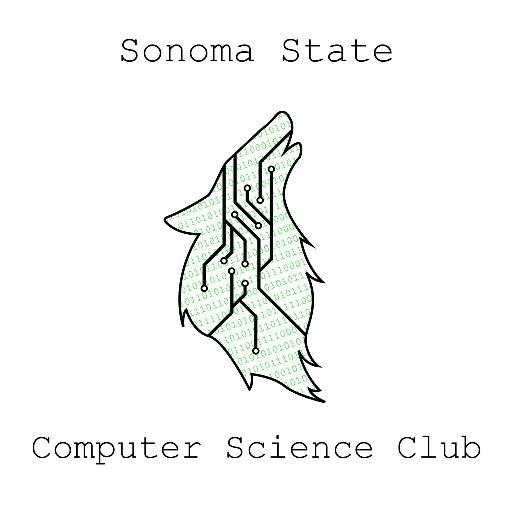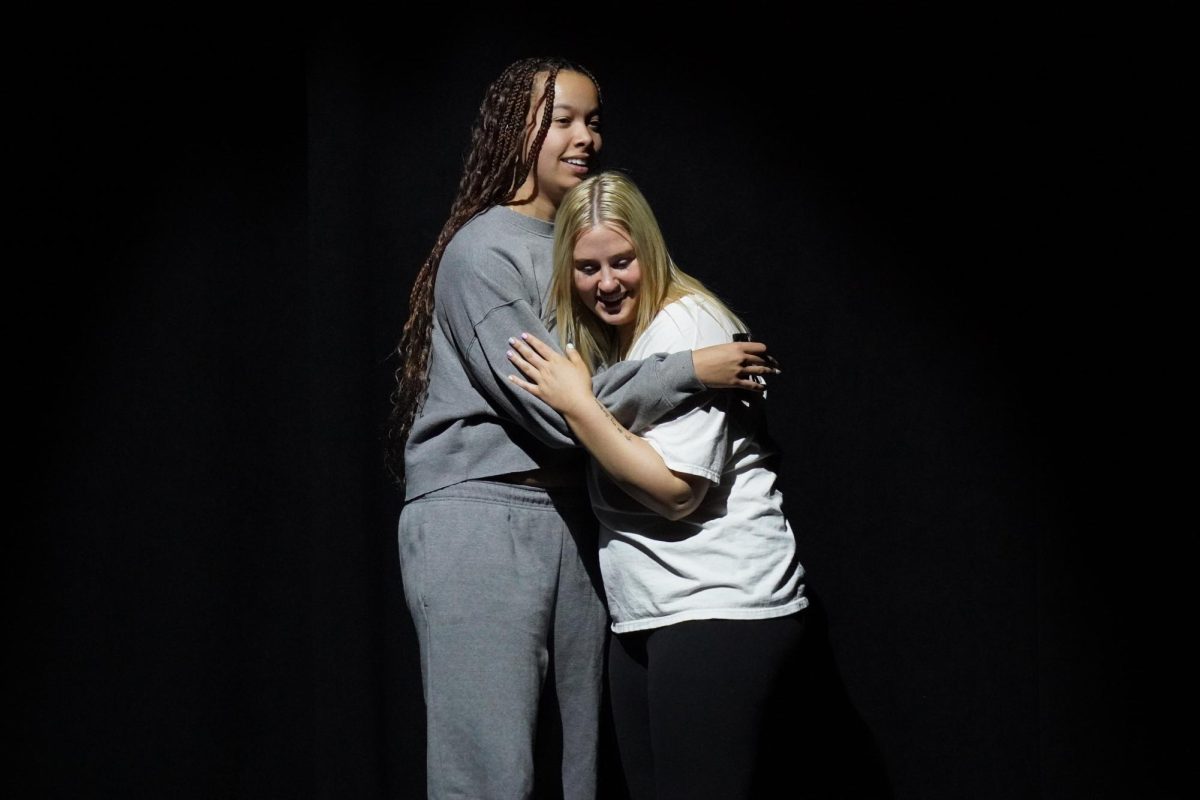facebook.com
Everyone has nostalgic memories of how they spent their early childhood days: watching “The Lion King” on repeat, making pillow forts at sleep-overs with our friends or picking out movies at Blockbuster. These experiences defined us and helped shape us into who we are today. As time molds us as people, it also affects those things that we spent so much time with back in the day.
Many readers will agree, “Super Smash Bros. Melee” was a significant pastime for many people, as we invested hundreds of hours into it, and many continue to play it today. “Super Smash Bros. Melee” is the second game in a continuing series from Nintendo. It is a multiplayer fighting game that includes characters across Nintendo’s vast array of intellectual properties, featuring characters like Mario, Link, Pikachu and Donkey Kong. The game was released in 2001 in Japan and released worldwide shortly after. The game was met with massive success and according to VGChartz, sold seven million units by 2008.
Many have fond memories of pummeling friends off the platforms in the game, cycling through the characters and answering the question, who would win in a fight? Mario or Link? The game was a great addition to any party or sleep over. But once we grew up, many of us put the game away in storage or traded it in for a copy of the next “Call of Duty” game. However, some avid players grew more passionate about the game, and have helped “Super Smash Bros. Melee” become a staple in modern Esports.
Since the game’s release, passionate players have taken it upon themselves to push the game to its absolute limits. Many techniques that some would call glitches are commonly used by professional players to move and attack in ways that the developers never originally intended. Wave dashing, wobbling and multi-shines are terms we probably never heard when we played the game in our youth, but these techniques are now a staple to any “Super Smash Bros. Melee” player and are necessary exploits to perform well in any tournament.
Melee tournaments began in 2002 and have steadily grown in prominence ever since. “Super Smash Bros. Melee” has gone through sponsorships of some major companies, most notably Major League Gaming. Tournaments for Melee vary, with many smaller local tournaments popping up all over the country to massive annual tourneys that host multiple games and thousands of entrants. The 2016 Evolution Championship Series amassed 2,372 entrants for Melee and lasted three days. The winner, Juan Debiedma, or Hungrybox as he’s better known, is a professional player who uses the character Jigglypuff and won $14,232 for his first place win in the massive tournament.
These larger tournaments draw in huge spectators, with over 232,000 people streaming the event, dwarfing viewership for many modern games. Why is it that “Super Smash Bros. Melee” has retained such popularity? Even here at Sonoma State University, many students regularly play the game.
“Everyone can kind of jump in and play,” says Kevin Considine, treasurer of the Computer Science Club.
The Computer Science Club tries to put on a LAN event every month where students can come together and play video games and hang out for awhile. Amongst all the games that they host their, Melee remains a fan favorite.
“You want people to come together and play the game,” said Considine. “Smash is something we can easily pick up.”
Keep an eye on the Computer Science Club’s Instagram @csclubssu.
Instagram: @csclubssu





![[Both photos courtesy of sonoma.edu]
Ming-Ting Mike Lee stepped in as the new SSU president following Sakakis resignation in July 2022](https://sonomastatestar.com/wp-content/uploads/2024/04/CC4520AB-22A7-41B2-9F6F-2A2D5F76A28C-1200x1200.jpeg)




























